Building Future Innovators: How Different Types of Makerspaces Support STEM Learning in Preschool
Makerspaces for preschoolers are becoming increasingly popular as a way to nurture creativity, curiosity, and problem-solving skills in young children. These spaces can vary from a simple corner of a classroom to a dedicated space with a variety of tools and materials. Each type of makerspace has its own advantages and can be used to support different learning outcomes. In this blog post, we’ll explore some of the different types of makerspaces that can be used in preschool settings.
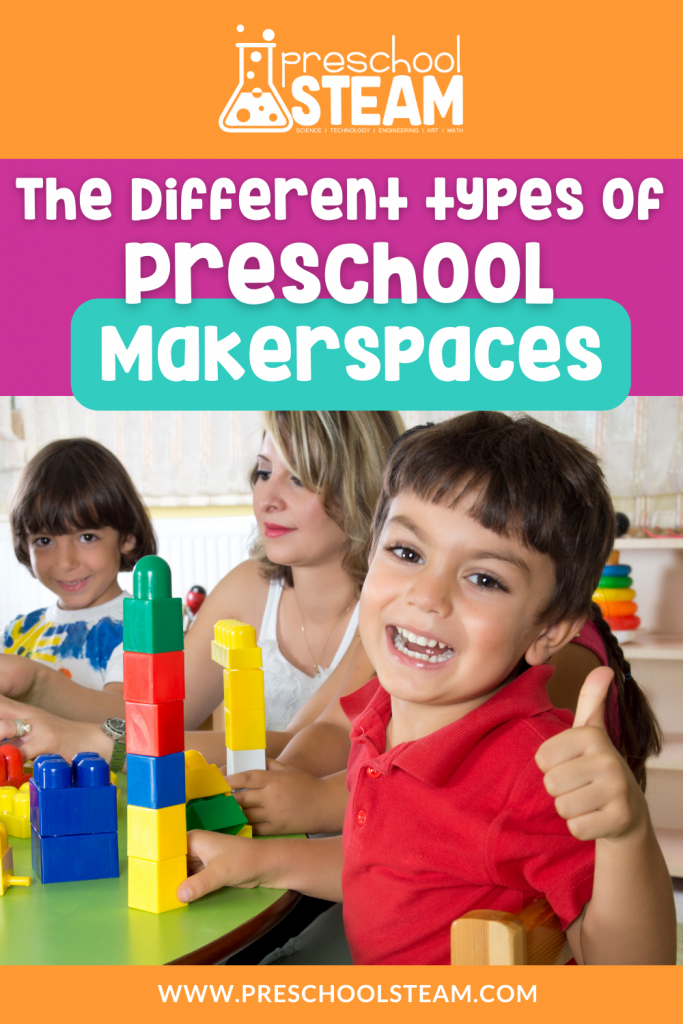
The first type of makerspace is the “corner of a classroom” makerspace. This type of makerspace is created by simply dedicating a corner of a classroom to hands-on exploration and experimentation. This type of makerspace can be easily set up and can be used to support a wide range of learning outcomes. A corner of a classroom makerspace can include materials such as building blocks, play dough, and art materials. This type of makerspace is a great option for preschools that have limited space or resources.

Another type of makerspace is a “dedicated space” makerspace. This type of makerspace is a designated area within a preschool or library that is specifically designed for hands-on exploration and experimentation. A dedicated space makerspace can include a wide variety of tools and materials such as building blocks, simple machines, and art materials. This type of makerspace can be used to support a wide range of learning outcomes and can be tailored to the specific interests and needs of the children in the preschool.

A “STEM-focused” makerspace is another type of makerspace that can be used in preschools. This type of makerspace is focused on introducing children to STEM concepts and skills. It can include materials such as magnifying glasses, simple machines, and basic electronics. This type of makerspace can be used to support learning outcomes related to science, technology, engineering, and math.
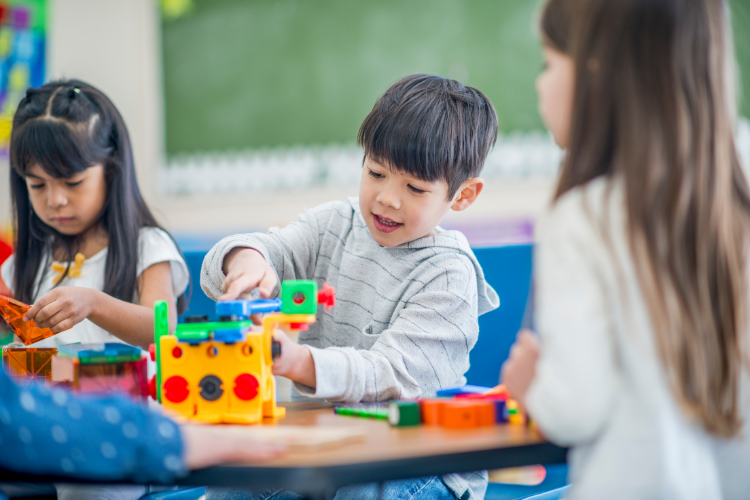
A “sensory” makerspace is another type of makerspace that can be used in preschools. This type of makerspace is focused on providing children with a variety of sensory experiences. It can include materials such as water, sand, and playdough. This type of makerspace can be used to support learning outcomes related to sensory exploration and experimentation.
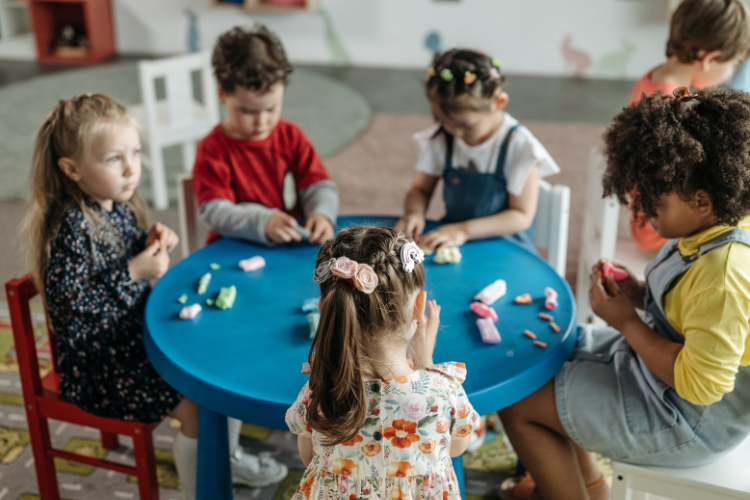
Finally, a “community” makerspace is a type of makerspace that is open to the public, usually located in a library or community center. These makerspaces are open for children and families to drop in and use the tools and materials available. They are a great way for families to engage in hands-on learning and experimentation together.
In conclusion, there are many different types of makerspaces that can be used in preschool settings. Each type of makerspace has its own advantages and can be used to support different learning outcomes. Whether it’s a simple corner of a classroom or a dedicated space with a variety of tools and materials, the key is to provide children with opportunities for hands-on exploration and experimentation in a safe and nurturing environment.

Want to jump-start your preschool makerspace? Learn our Makerspace Success System available now inside the Member Lab.
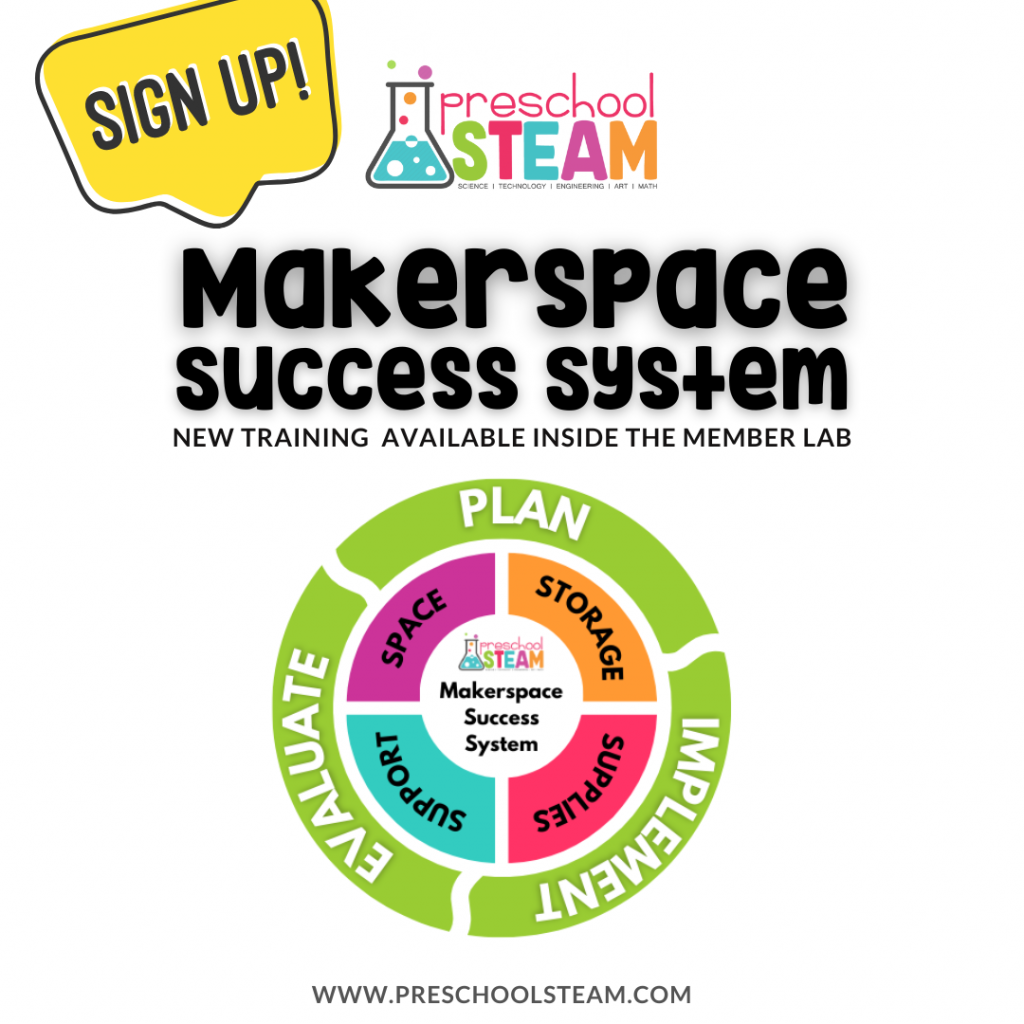
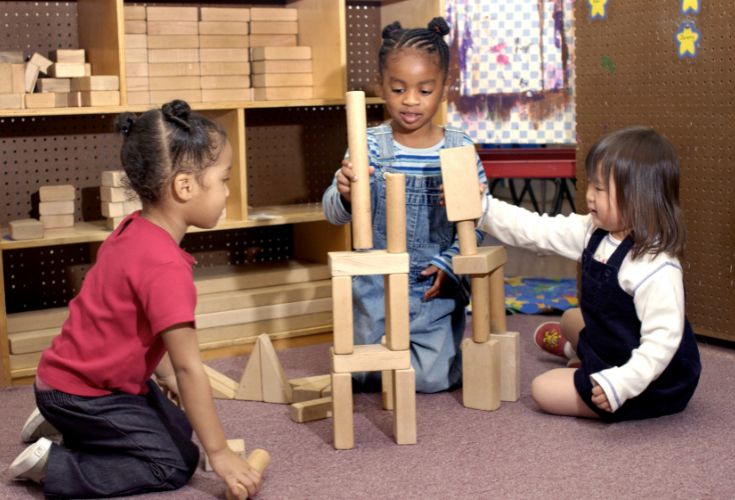
Leave a Reply